Saturday, 27 March 2010
Coraline: Buttons Will Never Look the Same Again
Henry Selick's Coraline (2009)
When I met* Neil Gaiman for thirty seconds over Halloween, I told him my Dad has a button phobia. Buttons play a large role in his novel Coraline, and I wanted a line that would make me stand out from the crowed. I received a polite smile, but am still uncertain whether I was successful or not.
When I read Coraline as a teenager, I grasped that it was nightmare material despite not being particularly frightened myself. The unsettling and nightmarish aspects are played to their full potential in the film adaptation, which manages to make potentially “cute” characters (such as an assembly of yipping Scottish terriers) disturbing.
Coraline begins by showing the assembly of a doll. Coarse fabric is pierced by a sharp, gleaming needle, strands of bottle-blue hair are stitched onto the soft scalp and large, black button eyes are fixed onto the face. The process is documented with remarkable and invasive detail, at moments it felt like I was watching a surgical operation. In the first few moments of the film, buttons managed to gain an element of fear.
The plot follows bored and misunderstood pre-teen Coraline Jones (voiced by Dakota Fanning), a girl who, despite her best efforts, cannot distract her parents from their computer monitors. Their home, their clothes and their faces are colourless and dull, and it is to Coraline’s delight that she finds a door that leads into a bright, high-octane version of ‘home.’ This world is home to ‘Other Mother’ and ‘Other Father,’ permanently-smiling counterparts of Coraline’s real parents who have shiny, black-button eyes and pander to her every want.
However, the perfect ‘other’ world Coraline feels she can enter and leave at will is soon shown to be nasty, a trap she must fight to escape.
The key selling point of Coraline is its spectacular visuals. Directed by Henry Selick (the man often forgotten in favour of Tim Burton when The Nightmare Before Christmas is mentioned), every aspect of the film is executed with pain-staking care and attention to detail. Particularly spectacular is the garden Coraline’s ‘Other Father’ creates for her, which features water spouting jack-o-lanterns, incandescent flora and a mechanical insect that ‘Other Father’ uses to navigate the landscape. The stop-motion animation is remarkably smooth and fluid, replicating human expressions and movements with uncanny skill.
Although Coraline herself is a typical, nagging child who initially grates on the viewer as much as she grates on her parents, the film uses her faults to form her into a sympathetic figure whose fears and frustrations are features of most childhoods. She is angry with her parents for neglecting her, and frustrated at having been uprooted from her home in Michigan in favour of a pink, flaking apartment block populated by eccentrics.
The rest of the characters are memorable, especially on account of their counterparts in the ‘Other’ world Coraline frequently finds herself in. ‘Other Mother’ is a nightmarish figure, and is at her most unsettling when unremittingly sweet and hospitable; the pinched face and claws she gains when the film reaches its turning point merely confirm the viewers' suspicions of her.
Although it deviates from the novel in several key ways (Coraline’s neighbour and ally in the film, Wybie Lovat, does not appear in the original story), Coraline is an exceptionally strong adaptation of an already memorable book.
I can safely say I’ll never consider buttons in the same way again.
* At a book signing in London. First encounter with anyone who can be referred to as ‘famous.’
Subscribe to:
Post Comments (Atom)
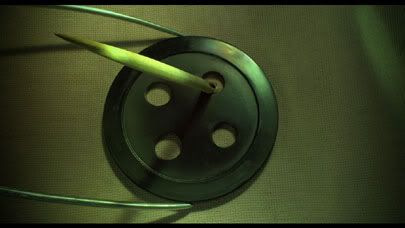
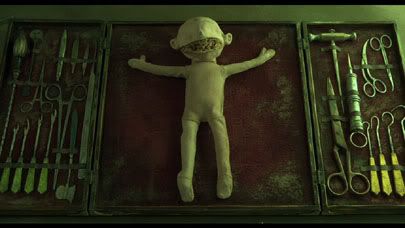
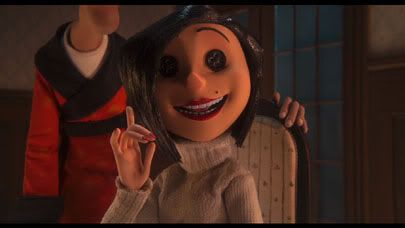
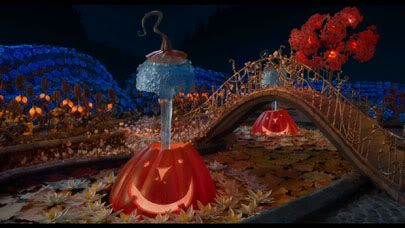
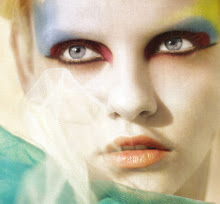
No comments:
Post a Comment